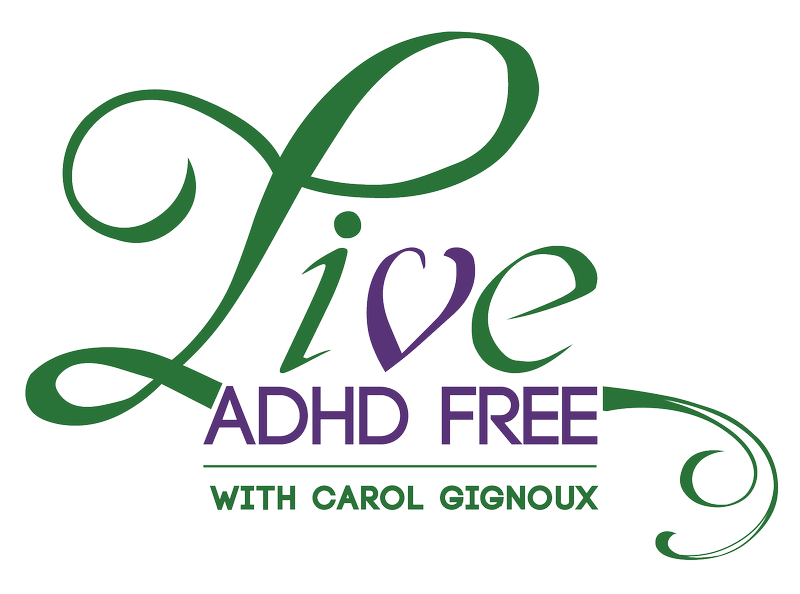ADHD impacts different people in different ways. Symptoms vary greatly in children and adult as well. So what are the signs of ADHD that most likely lead to an ADHD diagnosis?
First, let’s look at what the Diagnostic and Statistical Manual of Mental Disorders (DSM-V) lists as symptoms that suggest ADHD. It defines nine symptoms of ADHD.
Signs of ADHD in Children, Teens, and Adults
A child is typically diagnosed as ADHD if he or she exhibits at least six of the nine symptoms identified. For children, they also need to be present for at least six months in two or more settings (i.e. home and school). The symptoms also must reflect a severe interference in the child’s functioning or development. For a childhood diagnosis of ADHD, all of these occur before the age of 12.
For teens and adults, the diagnosis is different in that they only need to display five of the nine symptoms in the DSM-V in multiple settings.
ADHD can be either primarily inattentive or hyperactive. Let’s look at symptoms for each category next.
ADHD – Primarily Inattentive Type
These are the nine symptoms of ADHD focusing on inattention:
- Inability to pay close attention to detail with careless mistakes met at school, work, home, or other activities
- Struggles with sustaining attention in tasks
- Finds it hard to listen even when spoken to directly (even without distractions)
- Fails to follow through or finish projects, chores, duties, or instructions
- Unable to manage organizing tasks and activities (messy, disorganized, poor time management)
- Avoids or dislikes engaging in tasks that require sustained mental effort
- Loses things necessary for work or school
- Distracted easily by any extraneous stimuli
- Forgetful in daily activities
ADHD – Primarily Hyperactive Type
The symptoms for the hyperactive type are similar to those associated with inattention:
- Fidgets, taps hands or feet, or squirms in a seat
- Leaves seat in situations where it’s inappropriate
- Unable to engage in leisure activities quietly
- Uncomfortable with sitting still (always “on the go”)
- Talks excessively
- Blurts out answers or words before the question is asked
- Difficulty with patience and waiting his or her turn
- Interrupts or intrudes on others
Signs of ADHD Different for Females
While the symptoms above are indicative of ADHD, females often display different signs. In fact, girls and women often have anxiety about parts of their life like school, work, or social settings. There emotional reactions may also be exaggerated when any stress is present. For more on this topic, read our blog “Signs Your Daughter Has ADHD.”
From Signs to Diagnosis to Treatment
Once you identify the signs and are provided a diagnosis, you’ll at least have an answer as to why your ADHD brain is different. Remember, it’s different—not wrong! There are numerous treatment options. Medication may be recommended by your physician. You may also seek out some kind of cognitive therapy.
However, one of the most important things you can do take control of your ADHD symptoms is working with an ADHD coach. Working with an ADHD coach can help you develop new behaviors and habits that help you cope with hyperactivity and inattention. There’s a wonderful life waiting for you on the other side of ADHD!


Pingback: New in ADHD Treatment - Medical Device for Children | Live ADHD Free